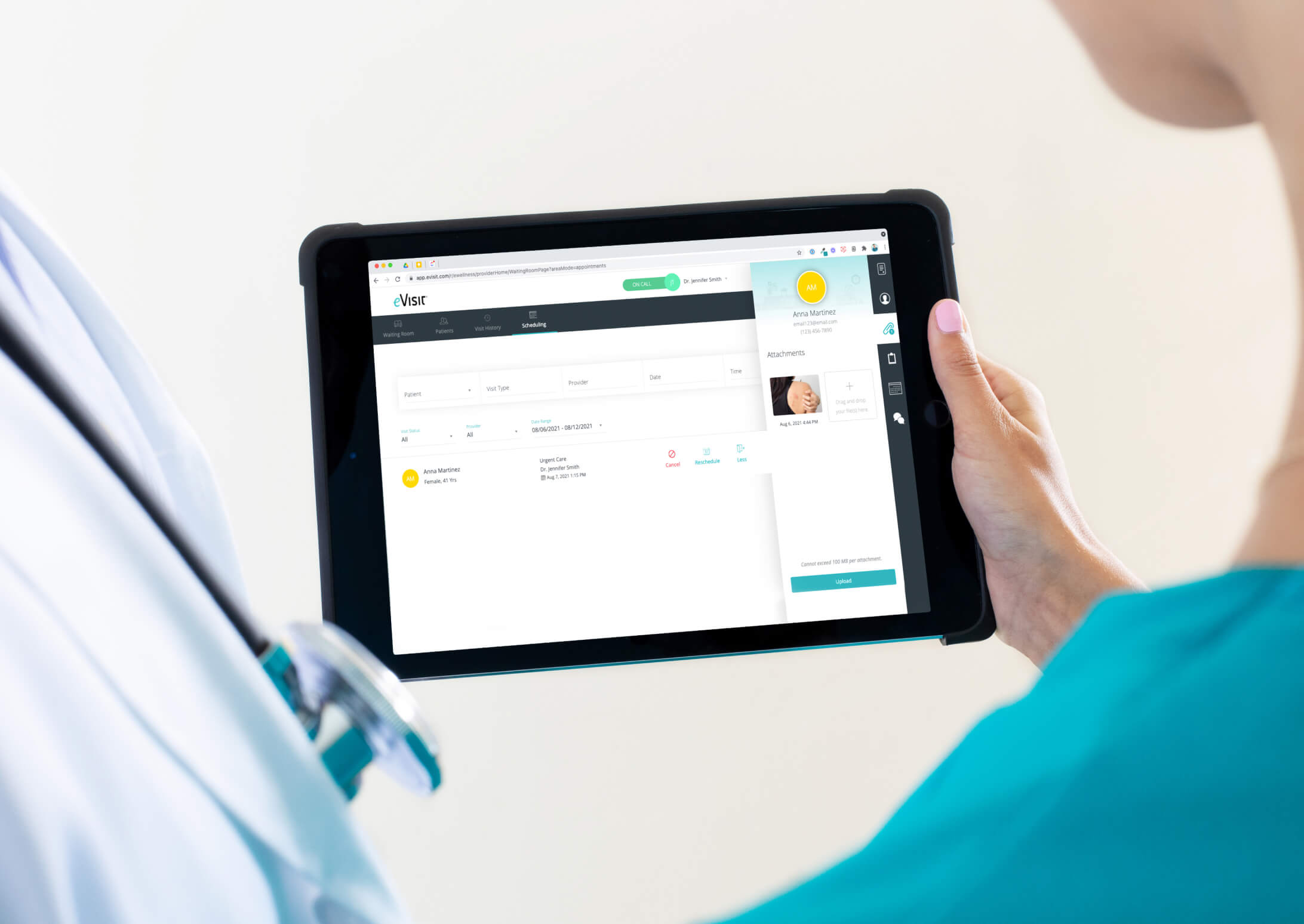Telehealth and Telemedicine Technology
How do telehealth and telemedicine technology differ?
There’s much debate in the healthcare field about the difference between telehealth and telemedicine. Many companies use the terms interchangeably. This is hardly surprising considering how rapidly the healthcare tech field is changing.
Most of the time, the medical field uses telehealth as an umbrella term to mean using telecommunications technology to provide health services. This might include hosting an online support group, examining a patient’s x-rays and providing a diagnosis from a remote location, or educating a group about a medical issue through an online videoconference. Telehealth can encompass not only healthcare services, but also nonclinical health education and public health programs.
Telemedicine, on the other hand, is a niche within telehealth. Telemedicine involves a healthcare provider useing telecommunications technology to provide healthcare to a patient. This might include having a remote, video visit with a patient, sharing a patient’s medical information and health record with another healthcare provider for a second opinion, or even conducting robotic surgery from another location. Telemedicine has a clinical component.
So how do telehealth and telemedicine technology differ? In most cases, they’re both relying on similar technologies – telecommunications technology. However, since telemedicine always deals with private patient health information, telemedicine technology needs to be secure and HIPAA compliant. A telehealth technology on the other hand, may be used to share general health information or health education and does not need to follow the same security requirements.
Let’s review the basic telehealth and telemedicine technologies available.
On-site Kiosks
Some telehealth providers offer on-site telehealth kiosks that can be placed in a retail clinic, community center, or job site. These kiosks usually include a computer interface, a variety of medical monitoring devices (to take vital signs, for example), and a connection to a healthcare provider. Because the equipment is all in one place, patients have everything they need to connect with a physician once they get to the kiosk location.
Mobile Apps
There are an incredible number of health apps available. Anyone with a smartphone or mobile device can download a health app to track their weight, monitor their sleep patterns, see a doctor remotely via 2-way video, get medication reminder text messages, learn about an illness, get tips for preventing infection, chat with an on-call doctor, stay connected to an online support group…the list goes on. Mobile health apps can be as sophisticated as tracking and reporting a patient’s health information to their healthcare provider, to as simple as providing daily health education tips.
Telephone
Many healthcare providers use the phone to consult with other specialists on patient cases, discuss medication requirements with a pharmacist, and even provide a diagnosis to a patient in urgent cases (sometimes called teletriage).
Internet
Websites like WebMD and Mayoclinic have turned the internet into an online medical encyclopedia, a place to get information on health conditions. With a simple wi-fi connection, people can look-up medical symptoms, take a public health course, join an online support chat group, or even chat with a medical professional.
Online Video Conferencing and Webcams
Online video conferencing has greatly expanded telehealth solutions. With an internet connection and a webcam, many people can now have a face-to-face visit with a healthcare provider remotely. In cases where a healthcare professional is using this telehealth technology to share patient health data, the software needs to be secure. But in other situations where the goal is to educate a group of health professionals about Ebola, for example, the organizer can use a simple video conferencing technology like GotoMeeting or even Skype. Since many computers and mobile devices now have integrated webcams and microphones, most people have access to this telehealth technology.
Secure Email (Store-and-forward)
As with any other telecommunications technology, people can use email to communicate about their health conditions, get reminders about preventative care and health appointments, and stay-up-to-date on medical findings. With the recent adoption of patient portals and electronic health records, more healthcare providers and patients are using secure email messaging systems to communicate about lab results and their medical conditions. Physicians also use this form of telehealth technology to share patient medical data, especially photos and recorded videos, with specialists at other locations. For example, a physician at a small clinic might use a secure email messaging system to send a patient x-ray to a radiologist at a distant location for diagnosis.
Technologies used in telemedicine take many different forms and will continue to change as new innovations become widely available and affordable.
About eVisit
The eVisit telehealth platform connects healthcare providers with their existing patients through secure, high-resolution video — in real-time. Our app was designed to be easy-to-use with an intuitive user interface and minimal set-up or training required. Unlike other telehealth providers, our app facilitates reimbursement and has an integrated ePrescribe feature that’s linked to over 60,000 U.S. pharmacies.
As a physician-first company, our solutions are built for physicians, by physicians. Our telehealth solution was made with healthcare providers’ workflows and pain points in mind.



